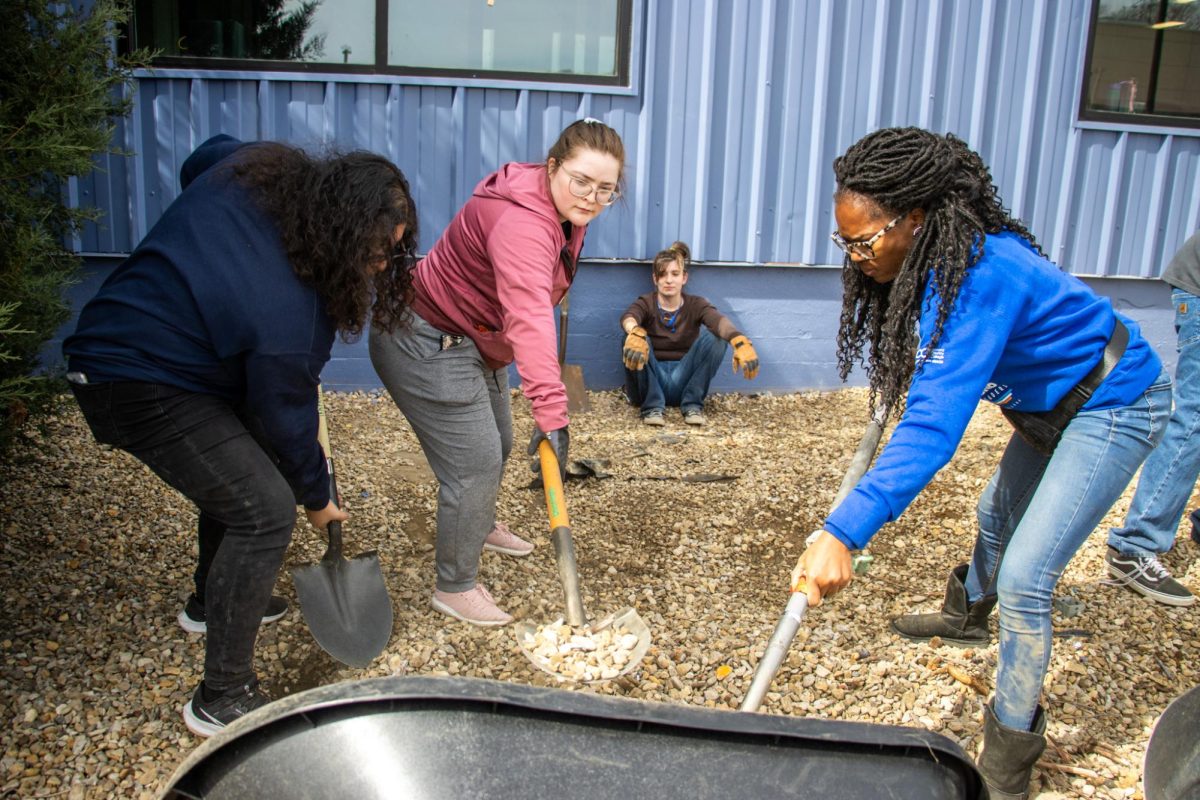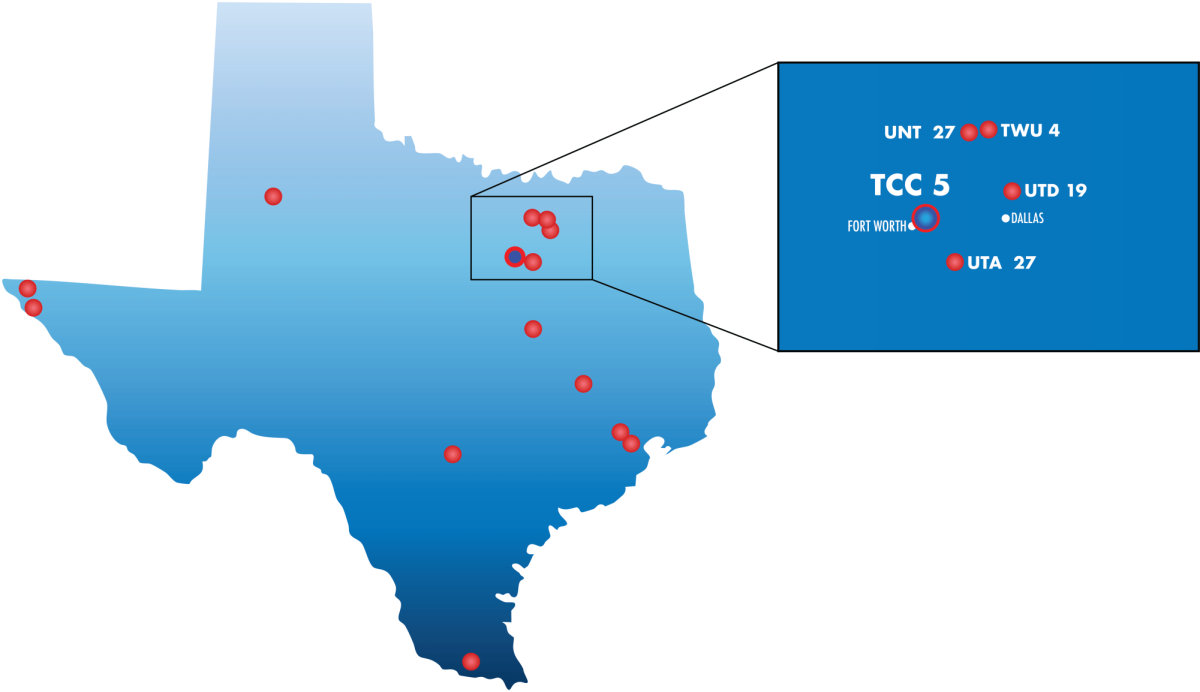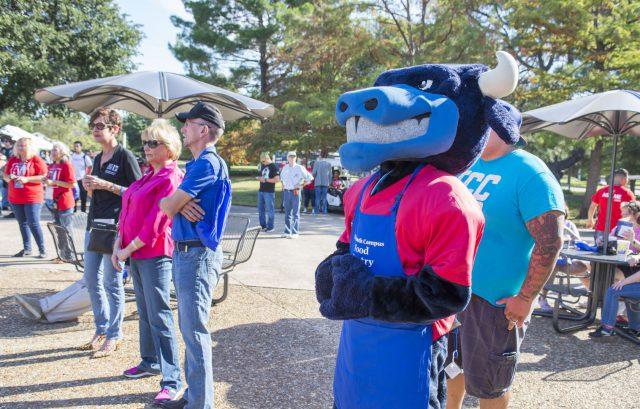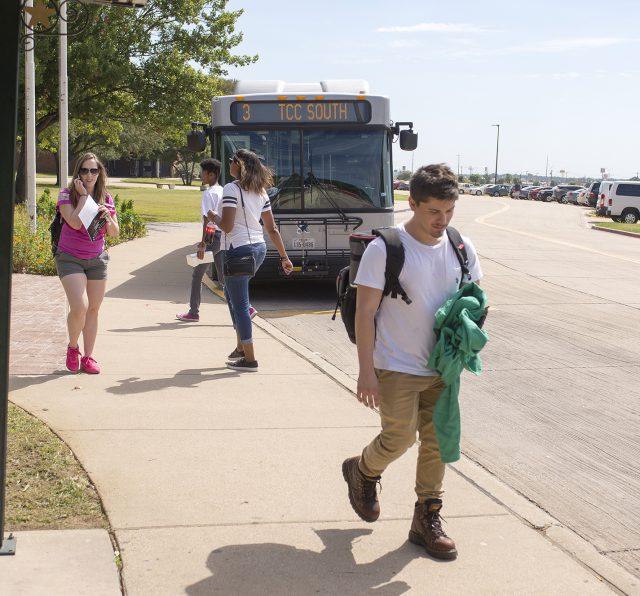By Shannon O’Brien/reporter
SE counselor Carisa Bustillos-Givens told students about how to effectively manage their time during a workshop Sept. 26.
“Have you ever known someone that was always busy, sometimes even for no important reason?” she said. “And you ask yourself what could they possibly be busy with every single time you talk to them?”
She showed an exercise called Acting on Purpose to help students differentiate between their most urgent and important tasks. As part of the activity, students wrote down all the things they had done the past couple days and then split them into four groups: urgent and important, not urgent but important, urgent but not important, and not urgent and not important.
“I still enjoy doing this exercise to this day,” Bustillos-Givens said. “It really helps me narrow my focus on the tasks that need to get done, so I’m not wasting my time on things that can get done on another day.”
When students finished the activity, they moved on to the Power of Quadrant II exercise and were asked, “Will what I’m doing now positively affect my life one year from today?”
The Big Fight, one of the main topics of this speech, explained how procrastination is about feeling good and avoiding pain but how it ruins time management for some people. Three techniques on how to fight procrastination were shown to students to remind them that they can build positive new habits.
“Have you ever come home, saw that the laundry needed to be done, but then told yourself you would come back to it after you finished something else?” Bustillos-Givens said. “And then hours or days go by, and you still have not done the laundry? That is your mind assisting you in procrastinating.”
Using the 3-2-1 technique, students can fight procrastination. First, people should count down, 3…2…1, then stop what they are doing and finish the task, Bustillos-Givens said. After about 12 days, the mind gets used to not letting them procrastinate on what needs to get done first.
Applying the bite-size chunk technique, students set a timer, do nothing but one task for 10 minutes, then give themselves a two-minute break to do whatever they want. Then they repeat from the beginning.
Lastly, Bustillos-Givens introduced the feel-good technique. She asked students to select a task, close their eyes and imagine it being done. They notice how good it feels and link it to the feeling of something else they love. Bustillos-Givens then told them to open their eyes and look around, noticing how uncomfortable it feels to not do that task.
“Trick your mind into thinking that you want to do that task, and you will always be able to fight procrastination,” she said. “The mind is a very powerful thing, and if we train it right, it will start to work in our favor.”
Some self-management tools that help people stay organized and focused are student planners, monthly calendars, weekly calendars, positive affirmations and hourly time management schedules, she said.











































